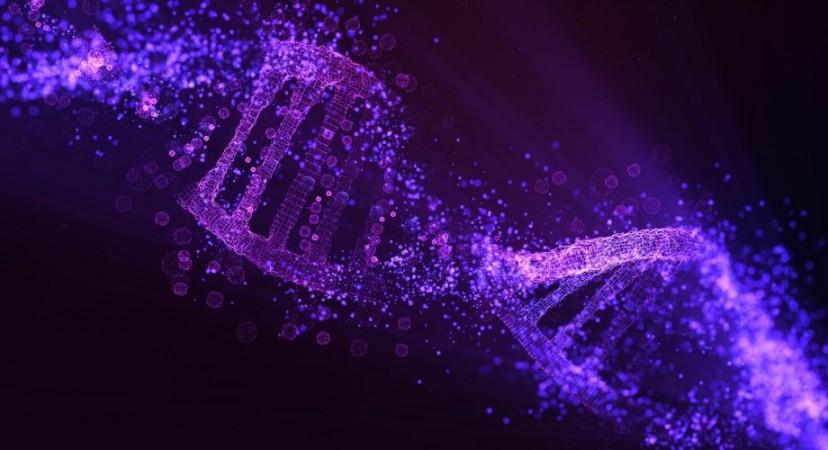In a fresh look at the origin of life on Earth, an Indian-origin researcher Ramanarayanan Krishnamurthy and his team from Scripps Research in California have made a discovery that a DNA-RNA compound called diamidophosphate (DAP) was plausibly present on Earth before life began and that the first self-replicating molecules—the first life forms on Earth—were mixes of the two.
The newly described chemical reaction could have assembled DNA building blocks before life forms and their enzymes existed, said the team whose findings were published in a chemistry journal Angewandte Chemie.
The study points out the possibility that DNA and its close chemical cousin RNA arose together as products of similar chemical reactions, and that the first self-replicating molecules - the first life forms on Earth - were mixes of the two.

"This finding is an important step toward the development of a detailed chemical model of how the first life forms originated on Earth," claimed study lead author Krishnamurthy, an associate professor of chemistry at Scripps Research. The new discovery paves the way for more extensive studies of how self-replicating DNA-RNA mixes could have evolved and spread on the primordial Earth to evolve into modern organisms, he noted.
On its possible practical applications, the enzyme-free chemical methods for making DNA and RNA may be useful in many applications. The artificial synthesis of DNA and RNA - for example in the "PCR" technique that underlies COVID-19 tests- amounts to a vast global business, though it depends on enzymes that are relatively fragile with many limitations.

The team reported in 2017 that the organic compound DAP could have played the crucial role of modifying ribonucleosides and stringing them together into the first RNA strands. The latest study proved that DAP under similar conditions could have done the same for DNA.
"Now that we understand better how a primordial chemistry could have made the first RNAs and DNAs, we can start using it on mixes of ribonucleoside and deoxynucleoside building blocks to see what chimeric molecules are formed--and whether they can self-replicate and evolve," Krishnamurthy elaborated.
Is RNA too sticky?
Krishnamurthy and his team worked on hypothesis that RNA molecules may simply have been too "sticky" to serve as the first self-replicators. A strand of RNA can attract other individual RNA building blocks, which stick to it to form a mirror-image. If the new strand can detach from the template strand, and, by the same process, start templating other new strands, then it has achieved the feat of self-replication that underlies life.
But while RNA strands may be good at templating complementary strands, they are not so good at separating from these strands as modern organisms make enzymes that can force twinned strands of RNA—or DNA—to go their separate ways, thus enabling replication, but it is unclear how this could have been done in a world where enzymes didn't yet exist, wrote the researchers in their paper.
A chimeric workaround
The Scripps team has shown that "chimeric" molecular strands that are part DNA and part RNA may have been able to get around this problem, because they can template complementary strands in a less-sticky way that permits them to separate easily. Citing several papers in this context, the team said that the simple ribonucleoside and deoxynucleoside building blocks, of RNA and DNA respectively, could have arisen under very similar chemical conditions on the early Earth.
"We found, to our surprise, that using DAP to react with deoxynucleosides works better when the deoxynucleosides are not all the same but are instead mixes of different DNA 'letters' such as A and T, or G and C, like real DNA," says first author Eddy Jiménez, a postdoctoral research associate in the Krishnamurthy lab.

















